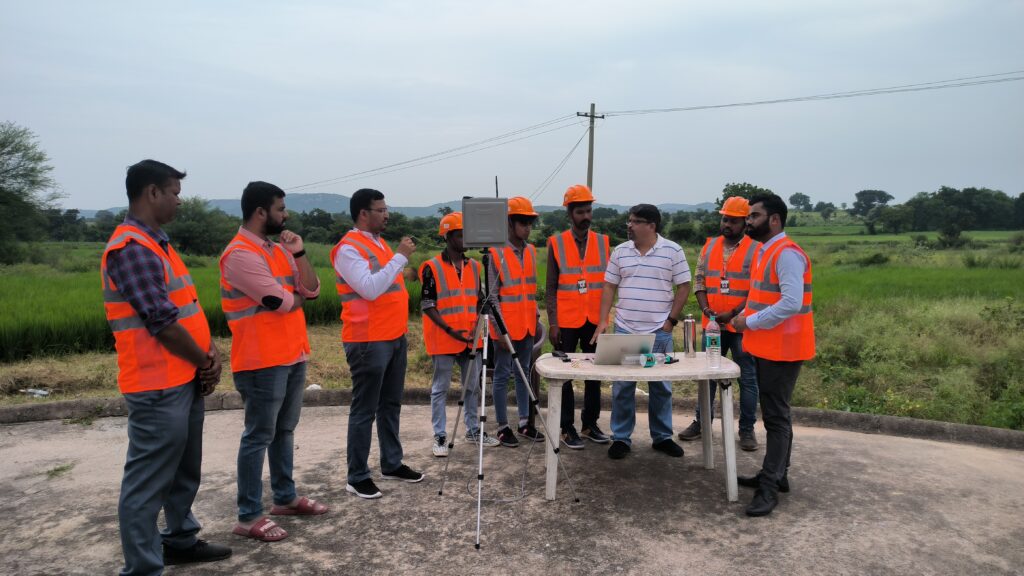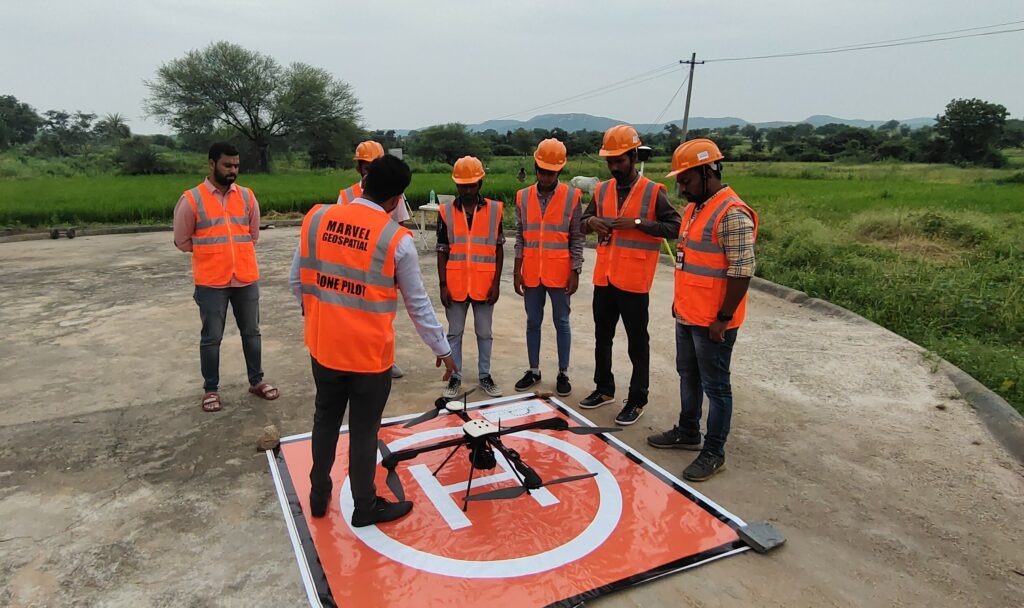
Pre-flight preparations are essential for safe and cost-effective drone operations, whether you’re mapping terrain or doing anything else. They help you avoid unexpected costs and maximize your return on investment (ROI).
Here are five often-overlooked pre-flight steps that can help you save money.
Examine Physical condition of the drone
Before takeoff, it is crucial to assess the drone’s physical condition, as it may have sustained damage during storage or transportation. This assessment should encompass all drone components, including propellers, electrical parts, and batteries. Overlooking any irregularities during these preflight checks, such as the presence of carbon deposits on battery terminals, can lead to various issues like overheating, compromised electrical connections, and overcharging. Additionally, it’s essential to watch for signs of aging, such as bulging batteries. Propellers with excessive friction or being stuck should also be thoroughly examined. Failure to detect any of these issues before flight could result in accidents or incidents, leading to significant damage to the drone.
If you find any problems with your drone, don’t fly it. Fix the problem first. It’s always better to be safe than sorry.
Site selection
When choosing a place for drone take-off, be careful to avoid areas with debris, such as pebbles and stones. The strong thrust generated during take-off can dislodge these small objects, which could then hit drone’s propellers or camera and cause significant damage.
Here are some tips for choosing a safe flight site:
(a) Avoid areas with loose gravel, sand, or other debris.
(b) Choose a smooth, flat surface for take-off and landing.
(c) Be aware of any potential hazards, such as trees, power lines, or other obstacles.
If you’re unsure whether a particular area is safe to fly in, it’s always best to err on the side of caution and choose a different spot.

Mind the Weather
Be mindful of the weather when planning your drone flights. Avoid flying in high precipitation conditions. Moisture or rain water can damage your drone’s delicate electrical components and even cause fires. Strong winds can also be dangerous for drones, as they can drain the batteries twice as fast and shorten the flight time. This can lead to the need for additional flights, which can be costly. In addition to the weather conditions listed above, you should also avoid flying your drone in extreme temperatures, such as very hot or very cold weather. Extreme temperatures can also degrade the drone’s flying characteristics.
If you are unsure whether it is safe to fly, it’s advisable to prioritize caution and opt to wait for more favourable weather conditions.
Sun Position
Always prefer sun angle for drone imagery used in mapping purposes around 45 degrees or greater. This angle provides an optimal balance between shadows and highlights, allowing for clear and detailed images for enhanced texture and Depth, minimum glare and better 3D reconstruction.
It is also wise to plan your last take-off in such a way that the drone lands back after the mission during broad daylight. This strategy ensures that you have ample natural light available in case any mishap occurs. Having sufficient daylight for search and recovery operations can be invaluable for both your drone’s retrieval and the overall safety of your mission.

Check the Logbook
Drone operators have a mandate to maintain the drone logbooks. Before each flight, check the logbook to make sure that no components need to be replaced, there are no previous problems that have not been fixed, and there are no outstanding notes.
Overall, keeping a drone logbook is a simple and effective way to improve the safety and reliability of your drone operations.
Ensuring such flight preparations can help the project owners / operators carry out their projects within stipulated schedule and with the required output, avoid overruns, plug incidental costs and optimize resources. These preparations are also crucial for the safety of people and assets.
Connect with us for reliable and effective drone mapping for your projects. Reach out to us at info@marvelgeospatial.com